5. Where Is My Friend’s House? (1987)
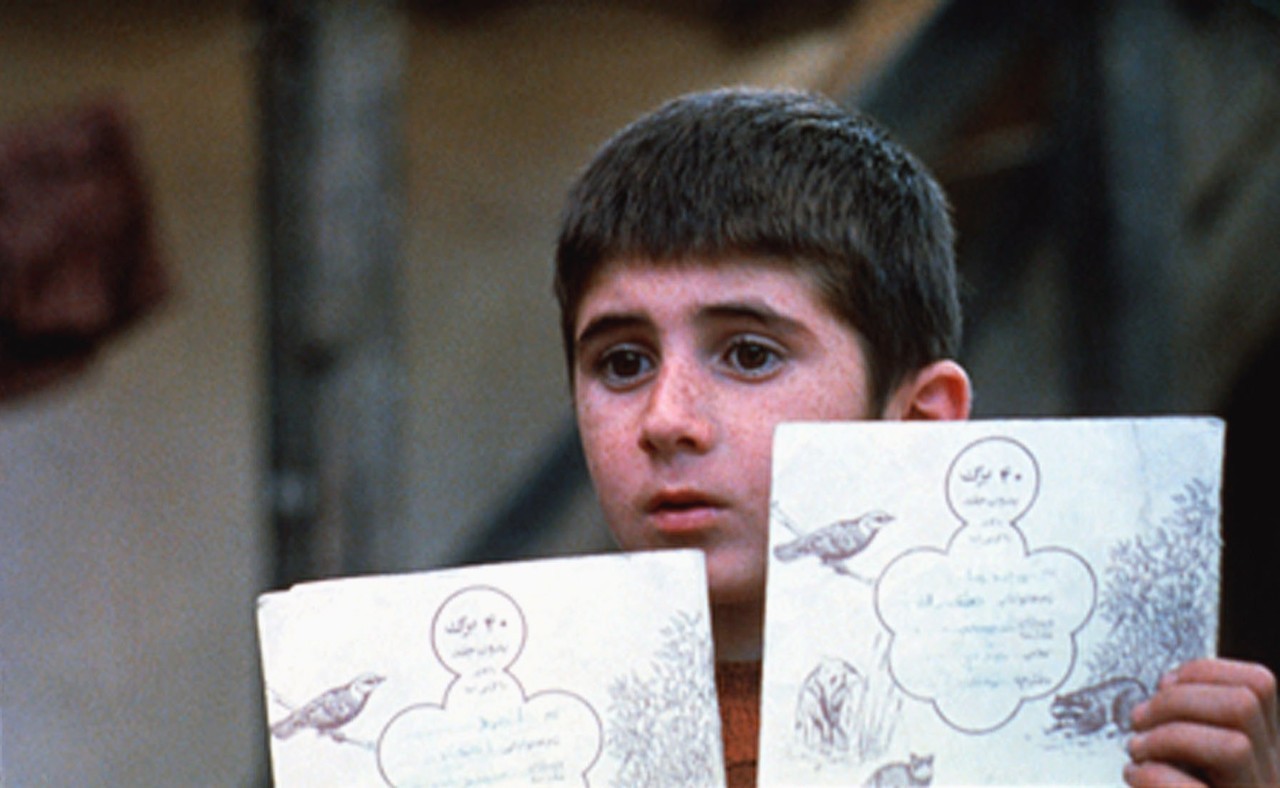
Abbas Kiarostami has made flawless films like “Taste of Cherry,” “Certified Copy” and “The Wind Will Carry Us.” And his intimate masterpiece “Where Is My Friend’s House?” deserves attention as much as these films.
One day, Ahmed accidentally takes homework from his friend to his house. If this assignment does not come back as soon as possible, the teacher will give him a very bad grade. For this reason, Ahmed, who doesn’t know exactly where his friend lives, will set out immediately and bring him his homework. Ahmed’s seemingly insignificant journey will give many clues about the face of small towns in Iran.
We can interpret the film as a critique of the classical education system that does not recognize the individuality of children. It should also be seen as an allegory of the political and social environment in Iran at the time.
It also emphasizes the minds who do not submit to the repressive atmosphere that emerged after the revolution, and seek new ways without giving up the questioning and the truths they believe.
Kiarostami makes this simple story multilayered through symbols. During the journey, every adult or every obstacle that Ahmet tries to overcome salutes the eastern tales.
It is a sad tale that makes us think about the concepts of friendship, compassion, and conscience that is becoming blurred in our era.
With its sheer reality, poetic texture, and wonderful finale, it offers an alternative door in this always “busy” world.
4. On Body and Soul (2017)
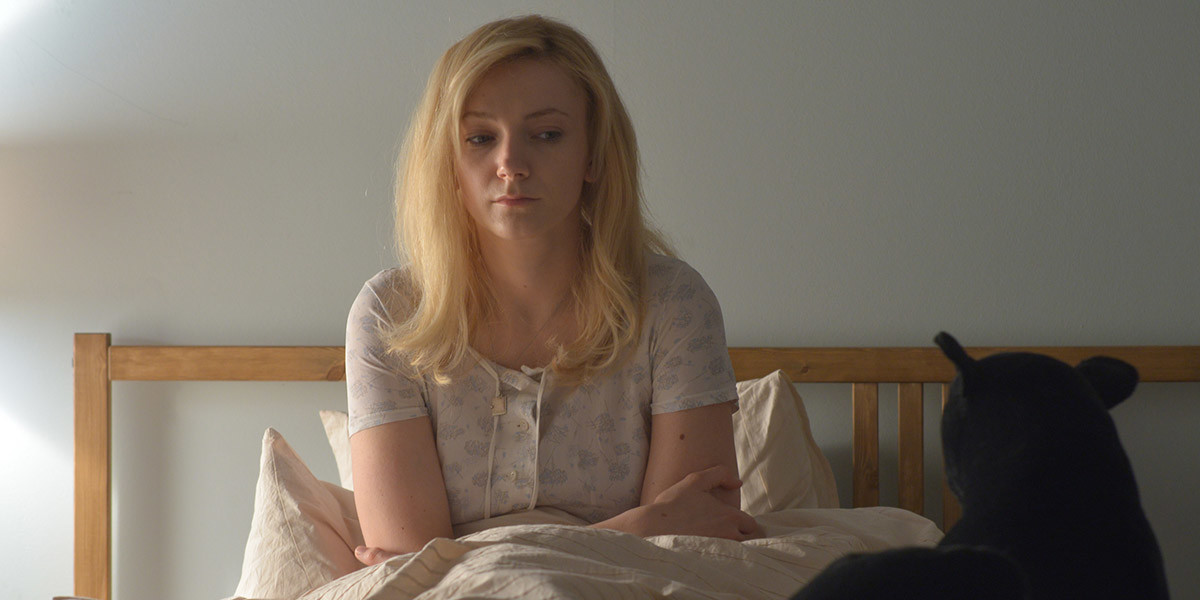
This is an ambiguous love story in the everyday world, based on the duality of sleep and wakefulness, mind and matter. The extremely asocial Maria gets closer to her quiet and withdrawn manager, Endre. When they realize that they have the same dreams at night, they are afraid at first, but then they try to bring the unity of their dreams into real life.
It has a perfect screenplay and atmosphere that is fed by the fact that the characters are the opposite of each other.
Director Enyedi manages to create a strong emotional attraction from these two characters. She adorns this slow-moving but steady bond with humorous touches that are powered by the fantasy images of dreams, and provides a visually lasting experience.
Enyedi undoubtedly owes much to the performances of the leading actors Geza Morcsanyi and Alexandra Borbely in terms of the credibility and sincerity of this layered world.
With its simple, interesting, and original atmosphere, “On Body and Soul,” which won the Golden Bear at the 67th Berlin Film Festival, stands out as a touching story of the merger of two wounded souls.
The unforgettable finale emphasizes the ambiguous reality, and when the soul is complemented by the body, that leads to a wonderful sense of cinema.
3. Harold and Maude (1971)
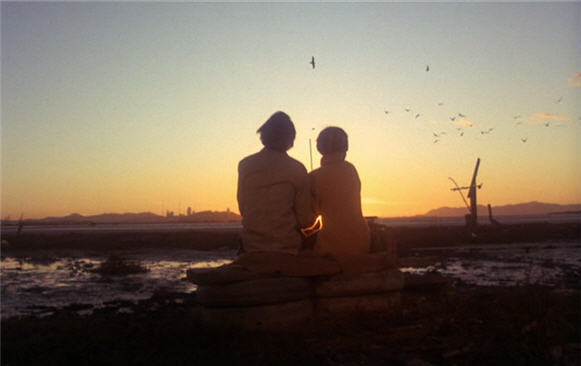
“Being There” is probably the best film of Hal Ashby. Another fact is that “Harold and Maude” undoubtedly has a very special place among his other classics like “The Last Detail,” “Coming Home” and “Bound for Glory.” In this flawless drama, he takes us on a haunting journey and successfully blends black humor with existentialism.
Harold, a young, wealthy man who is obsessed with death, finds himself forever changed when he meets Maude, who is 70 years old, at a funeral. Harold is 20 years old and has problems holding on to life. He goes to funerals all the time, and often attempts suicide.
At this funeral, he meets with Maude and forms a special bond. They soon develop a pleasant friendship. Maude is one who is full of life as his exact opposite. With the energy transfer between them, Harold comes to such a level that he tells his family that he wants to marry Maude.
“Harold and Maude,” with the most famous and unforgettable couple in the history of cinema, is the saddest, most realistic, and most impressive love story ever. And of course it is transformed into a superior art form thanks to Cat Stevens’ splendid music.
In a world where most people are full of sadness because people don’t accept that they are different and try to be like everyone else, the eternal finale screams the pure joy of existence and makes us smile.
2. Happiness (1988)
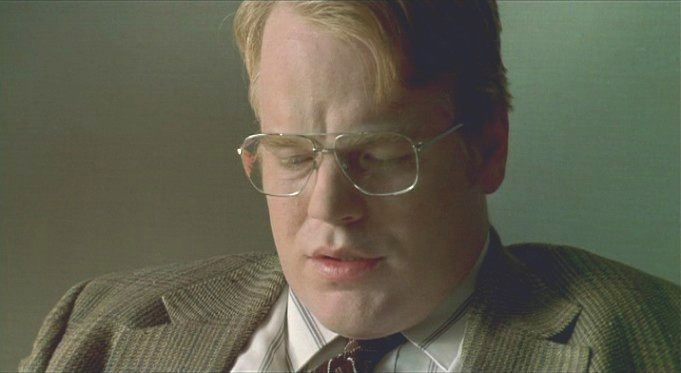
Directed by independent director Todd Solondz, “Happiness,” starring Jane Adams, Jon Lovitz and Philip Seymour Hoffman, is a film that features different, marginal, and disturbing characters. Undoubtedly, it is a different experience that the uncomfortable and hardcore nature of the film arises from the characters themselves, not from violence or sexuality.
The intersection of the daily lives of these characters who are filled with various perversions is one of the most powerful elements of “Happiness.” Solondz really knows how to act to maintain the fine balance between grief and humor.
“Happiness,” based on the fragile hearts and souls behind polite smiles, offers a very different experience by diving to the bottom of concepts such as family relations, adolescence, sexuality, and pedophilia.
This brilliant film also received 13 awards, including the FIPRESCI award in Cannes Film Festival.
And at the finale, Solondz gives the happiest end this film ever can give.
1. Bad Boy Bubby (1993)
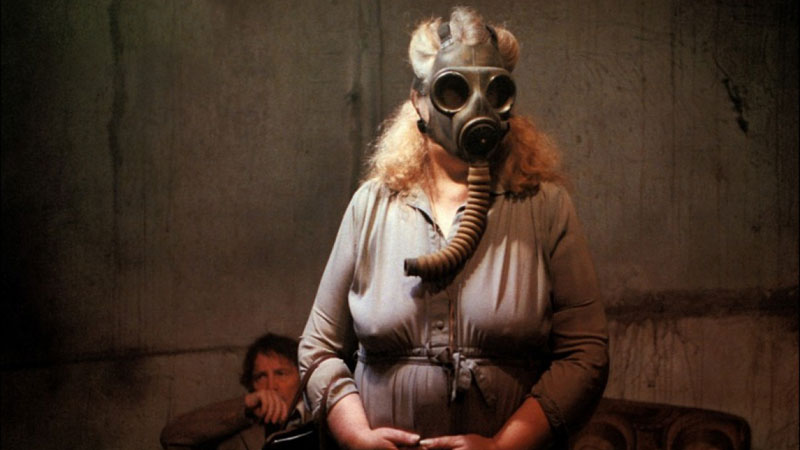
“Bad Boy Bubby” is an Australian-Italian black comedy drama film written and directed by Rolf de Heer.
Bubby spends 35 years of his life being locked in the basement by his mother. She convinced him that the weather outside has been poisonous all these years. But when his father returns, whom he had not seen in years, Bubby learns the facts of life and meets the outside world for the first time.
De Heer divides his film into three parts in a very balanced way. In the first part, he reveals Bubby’s depressing bondage with the wonderful visuality and masterful art design that makes the audience feel claustrophobic.
In the second part of the story, the director demonstrates the confusion of Bubby, who suddenly escapes from his bondage and suddenly interferes with people. At the end of the story, we find an interesting finale that contrasts with the beginning.
The splendid performance of Nicholas Hope, at probably the peak of his career, reflects Bubby’s unbalanced psychology quite successfully.
The film, which disregards social and moral values, has a very disturbing and at the same time very funny structure. It says important things about religion, sexuality, sexual identity, music, and the culture of eating and drinking, and even insensitivity to animal massacres.
By examining the limits of psychology, “Bad Boy Bubby” becomes absolutely one of the most extraordinary films that must be experienced.
Surprising the audience throughout the film and taking a crazy journey, de Heer draws an unexpected calm and happy ending in the finale.